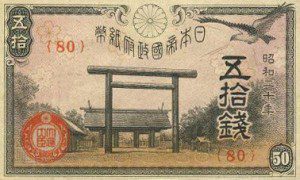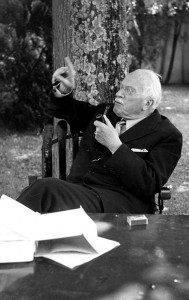 In imperial Japan, one-third of the officials in the Ministry of Religious Affairs — the Jingi-kan — were assigned to one department, the Department of Divination. Their job was to read patterns of coincidence and advise the emperor accordingly. They had many techniques for provoking a sign from the world, including heating a turtle shell and reading the cracks and monitoring nighttime activity in the Shinto and Buddhist shrines where priests and supplicants went to ask for an oracular dream, a reimu.
In imperial Japan, one-third of the officials in the Ministry of Religious Affairs — the Jingi-kan — were assigned to one department, the Department of Divination. Their job was to read patterns of coincidence and advise the emperor accordingly. They had many techniques for provoking a sign from the world, including heating a turtle shell and reading the cracks and monitoring nighttime activity in the Shinto and Buddhist shrines where priests and supplicants went to ask for an oracular dream, a reimu.
But the task of the divination office was also to advise on the meaning of spontaneous signs and coincidences: the fall of a comet, an incident at a bridge, the case of three doves who strangely pecked each other to death. T
he Japanese word for divination is ura or uranai, and it means getting in touch with “what is behind.” There is the understanding, in the term itself, that to understand “what heaven and earth want to happen” required us to look behind the curtain of the visible world.
The imperial diviners were drawn exclusively from one family, the Urabe clan. We can assume that in early days this family produced a strong line of seers who were successful at seeing into the world “behind,” and at provoking signs and oracles from the other side. They did not need a code to tell them what it meant when the crack in a turtle shell ran a certain way or when birds formed a certain pattern in the sky.
Later, as the diviners become less like wizards and more like civil servants, they followed tedious and elaborate rules. Carmen Blacker, a wonderful scholar of Japanese oracles and shamanism, wisely observes in The Catalpa Bow that “these rules, in the form in which they have come down to us, are no more than dead, hardened residues left behind by the passing of the gifted seer.” This is true of all cultures.
Text adapted from The Three “Only” Things: Tapping the Power of Dreams, Coincidence and Imagination by Robert Moss. Published by New World Library.
Graphic: Imperial Japanese banknote showing Ysukuni shrine

